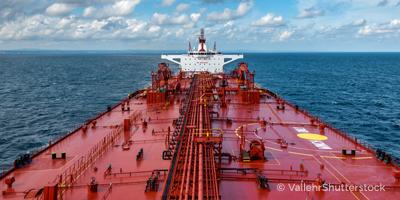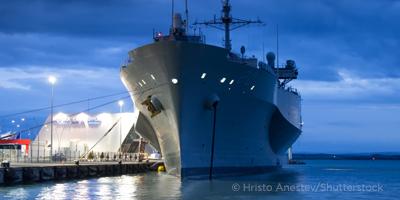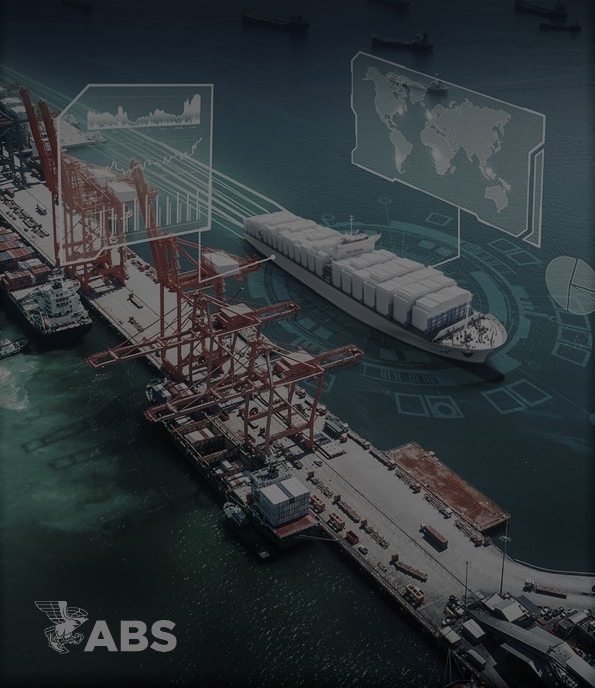The change brought by big data to shipping, shipbuilding, and offshore industries will be transformational; so finding a way to harness big data is vital to the future. Recent analysis and application of Automatic Identification System (AIS) data conducted by ABS have proven this point.
Since 2002, new ships, all larger sea-going vessels (300 GT) and all passenger vessels have been required to carry an AIS onboard, and more than 40,000 ships worldwide are equipped with transponders. AIS data contain information, including the vessel’s IMO number, sent data time, the position (latitude and longitude) of the ship, speed, draft, navigation status, port of destination. The quality of AIS data has improved significantly in recent years, and the data have been used for diverse purposes such as studying collision avoidance maneuvers, risk assessment and specific regional NOx and SOx emission estimation. A certain degree of filtering is still necessary to prevent the use of erroneous data in the analysis. ABS has extensive experience in AIS data filtering and analysis, which enables ABS to support clients with high-quality advice.
It is crucial to identify the potential market demand, trading routes and ports when developing a new design concept. Moreover, changing environmental regulations, unpredictable energy prices and volatile freight rates have meant that new-generation designs must be continuously improved in terms of operational and environmental performance. Big data technology is providing invaluable support for designers and operators. Based on the in-depth analysis of extensive AIS data, real fleet behavior (including the operating routes, ports of call, the operational profile in terms of speed and draft distributions and the time at berth) for specific regional trades and fuel consumption can be accurately.
The traditional design method is to optimize vessels for a single standard design point. However, ABS’ AIS data analysis reveals specific operation profiles for selected trading patterns, enabling designers to optimize the hull form for either a specific trade region or a more versatile combination of regional trade routes. This approach can result in significant improvement in hull efficiency and fuel consumption.
The foundation is deriving a realistic operational profile. ABS identifies the best possible information from the following sources:
- Noon Reports from similar client vessels on the same routes/same area
- Auto logged Vessel Performance Monitoring data for similar existing vessels on the same routes/same area
- Data from the client’s route planning staff for a new trade
- AIS data for specific vessels/routes
Historically, a combination of these data has been used to derive the most realistic operational profile to be used in vessel optimization. This approach is relevant for both newbuilding and retrofit projects.
This approach has been applied to a feeder container carrier joint development project with Shanghai Merchant Ship Design & Research Institute (SDARI). With the increase in ultra-large container carriers and the growth of specific regional markets, more feeder vessels are needed. The novel concept enables cost-effective implementation of present and future regulations by applying big data analyses, extensive life-cycle cost analyses and technology readiness. This unique blend of information enables designers to develop vessels for operational efficiency, environmental friendliness and maximum flexibility.
By harnessing a large amount of AIS data, ABS and SDARI have performed the following tasks:
- Identified trade routes for different sizes of feeder vessels – limitations on the main dimensions (such as vessel length, beam, and design draught) of a new design have been derived based on examining the trade routes, major ports and their local constraints.
- Selected an operational profile to be used in vessel design optimization – Deriving a realistic operational profile is a delicate matter and requires clear insight into the operational issues, particularly when a specific route and vessel operation are not well defined.
The knowledge and experience gained in executing these tasks will be applied in optimizing the vessel hull form by means of parametric optimization using advanced Computational Fluid Dynamics tools.
Another important role AIS data can play is in vessel performance monitoring to:
- Validate reported performance data in Noon Reports (position, speed, heading, distance)
- Identify steady state/non-steady state conditions during a segment of operation
- Present an overview of key fleet operational information to fleet managers.
Using a wealth of information available through AIS data, ABS is expanding services to provide the best possible advice to clients.


































